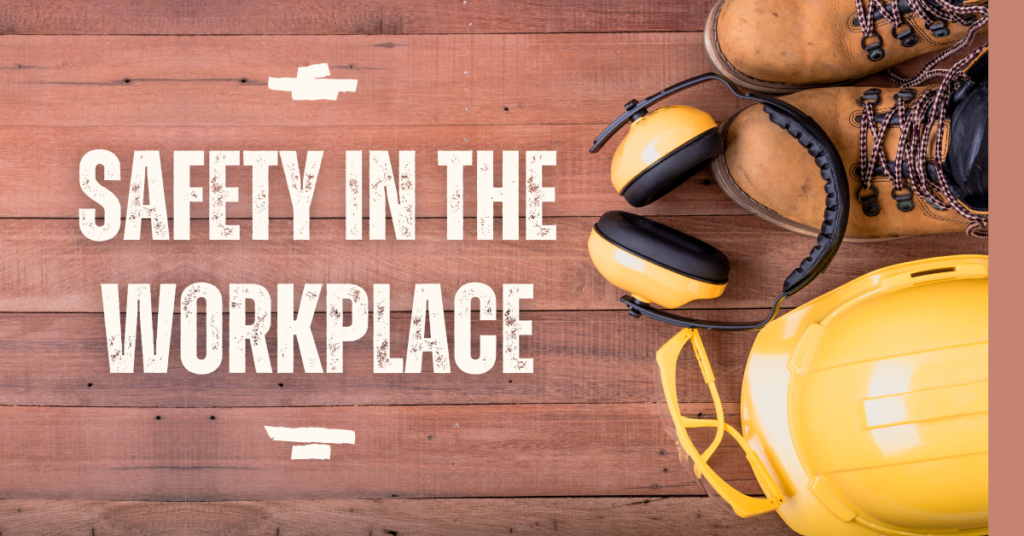Safety is everyone’s responsibility! Dive into our ultimate guide to safety training in Scotland and uncover essential tips to keep your workplace safe. From hazard identification to emergency response protocols, we have got you covered. Start mastering safety today!
Safety training is crucial in today’s world, where workplaces and public spaces face various risks. Whether you are an employer, employee, or a community member, understanding safety protocols can save lives and prevent injuries. This guide explores the importance of Safety Training in Scotland, offering practical advice, actionable insights, and effective solutions.
Why Safety Training Matters
Safety training is not just a legal requirement; it is essential for creating a safe environment. In Scotland, industries such as construction, healthcare, and hospitality are legally obligated to provide safety training to their staff. This training helps employees recognize potential hazards, understand safety protocols, and respond effectively in emergencies.
Real-Life Example
Consider the case of a construction site in Glasgow where a worker fell from scaffolding due to inadequate safety measures. The company faced severe penalties for failing to provide adequate safety training. If the employees had been trained to use safety harnesses and understand fall risks, this incident could have been prevented.
Key Components of Safety Training
When exploring safety training in Scotland, several key components should be included in any effective program:
1. Hazard Identification and Risk Assessment
Understanding the hazards specific to your workplace is the first step in creating a safe environment. Employees should be trained to identify potential risks, such as slippery floors, exposed wires, or hazardous materials. Conducting regular risk assessments helps in mitigating these hazards before they cause harm.
2. Emergency Response Protocols
Every workplace should have clear emergency response protocols. Training should cover how to respond to fires, medical emergencies, or natural disasters. Employees must know evacuation routes, how to use fire extinguishers and basic first aid.
3. Use of Personal Protective Equipment (PPE)
Personal protective equipment is vital in many industries. Employees should receive training on how to properly use PPE, including helmets, gloves, goggles, and respirators. This training ensures that workers understand when and how to use these items to protect themselves.
How to Implement Effective Safety Training
Implementing effective safety training requires careful planning and commitment. Here are some actionable steps to create a robust safety training program:
1. Assess Training Needs
Start by evaluating the specific safety training needs of your organization. Different industries have unique risks, so tailor the training accordingly. For instance, a healthcare facility may require training on infection control, while a construction site focuses on fall protection.
2. Choose the Right Training Provider
Selecting an accredited safety training provider is crucial. Look for organizations that offer safety training in Scotland and have a proven record of accomplishment. Reading reviews and testimonials can help you find a reputable provider.
3. Engage Employees
Safety training should be interactive and engaging. Use a mix of teaching methods, such as hands-on demonstrations, videos, and group discussions. Encourage employees to share their experiences and concerns about safety, making them active participants in the training process.
4. Evaluate Training Effectiveness
After the training, assess its effectiveness through quizzes, practical demonstrations, or feedback forms. This evaluation helps identify areas for improvement and ensures that employees retain the information learned.
5. Continuous Training
Safety training should not be a one-time event. Regular refresher courses and updates on new regulations are essential for keeping safety practices current. Consider scheduling annual training sessions to reinforce the skills and knowledge acquired.
The Role of Technology in Safety Training
In recent years, technology has transformed safety training. Online courses and virtual simulations have made it easier for employees to learn at their own pace. These tools can enhance engagement and provide real-life scenarios for practice.
Real-Life Example
A manufacturing company in Edinburgh implemented an online safety-training program, allowing employees to complete modules at their convenience. This flexibility led to a significant increase in training completion rates and, subsequently, a decrease in workplace incidents.
The Benefits of Safety Training
Investing in safety training in Scotland offers numerous benefits:
1. Improved Employee Morale
When employees feel safe, their morale and productivity increase. A strong safety culture promotes a sense of well-being and job satisfaction, leading to higher retention rates.
2. Reduced Costs
Workplace accidents can be costly. From medical expenses to lost productivity, the financial impact can be significant. Effective safety training reduces the likelihood of accidents, saving organizations money in the end.
3. Compliance with Regulations
Safety training ensures compliance with local laws and regulations, reducing the risk of fines and penalties. In Scotland, organizations are required to adhere to health and safety regulations set forth by the Health and Safety Executive (HSE).
4. Enhanced Reputation
Organizations that prioritize safety training enhance their reputation among clients and the community. A strong safety record can lead to more business opportunities and partnerships.
Conclusion
Safety training is an essential component of any workplace in Scotland. By investing in comprehensive safety training programs, organizations can protect their employees, reduce risks, and comply with regulations. Remember, safety is everyone’s responsibility, and the knowledge gained through training can make a significant difference in preventing accidents and ensuring a safe environment.
Whether you are an employer or an employee, prioritizing Safety Training Scotland will empower you to stay safe and make informed decisions. Take the necessary steps today to create a safer workplace for everyone involved.

